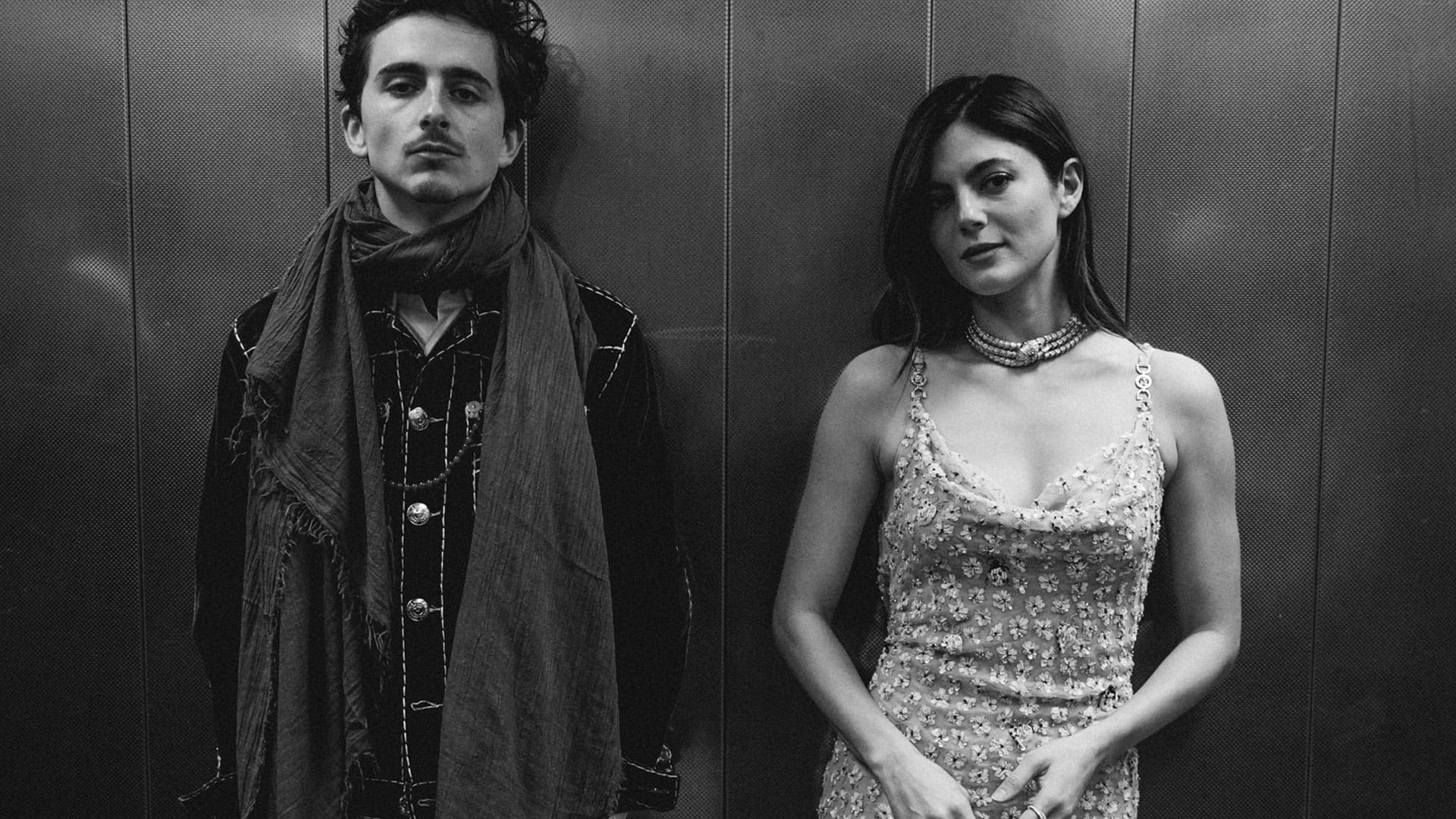Timothée Chalamet & Monica Barbaro: Capturing The Legends
Mangold and Timothée Chalamet, fresh from critical and awards attention for films like Call Me by Your Name and Dune, had a challenge ahead of them. That was to make a biopic worthy of Bob Dylan. That would include the actors performing their own songs and capturing an image of the legend without being a poor parody.
Chalamet admits he knew very little about Dylan other than his status as an American musical icon, but he was eager to tackle the role. You could say, that like the Movie, he went in “A Complete Unknown”. Ok I’ll stop.
“There are two versions of a Bob Dylan movie you could make,” Chalamet says. “You’ve got a version that is a behavioral master class on a guy who didn’t really make eye contact that often and the mystery that surrounded him, or you do something that could be disingenuous to his life and work, a greatest-hits compilation that sort of ignores the fact that his career wasn’t a straight trajectory. Jim was quick to walk a fine line between demystifying Bob and not doing a sycophantic thing.”

When COVID-19 struck in 2020, it was followed by a series of industry strikes that held production at bay. The delay amounted to a prolonged period of preparation for Chalamet that only further cemented his comfort with the role and his understanding of the man he was set to portray, along with his proficiency as a musician and singer.
“Once I was in it, there was no coming back,” Chalamet says. “I was fully in the Church of Bob.”
Chalamet had his work cut out for him. For Mangold, there was no version of A Complete Unknown that didn’t feature actors doing their own singing. Mangold built off the rapturous response to the real vocals of Joaquin Phoenix and Reese Witherspoon as Johnny and June Carter Cash in Walk the Line as performers whose on-screen portrayals were steeped in the authenticity of live recordings. After all, A Complete Unknown would be a movie about music that is unadorned and authentic. Mangold knew that as a spectator, feeling could best come through live performance in the way that Dylan himself won over his fan for decades on the road.
“I didn’t want Timmy to disappear. It’s a performance.” Says Mangold. “I wanted Timmy to bring who he is to Bob. If it becomes just a series of mannerisms and vocal impressions, there is no one really there.”
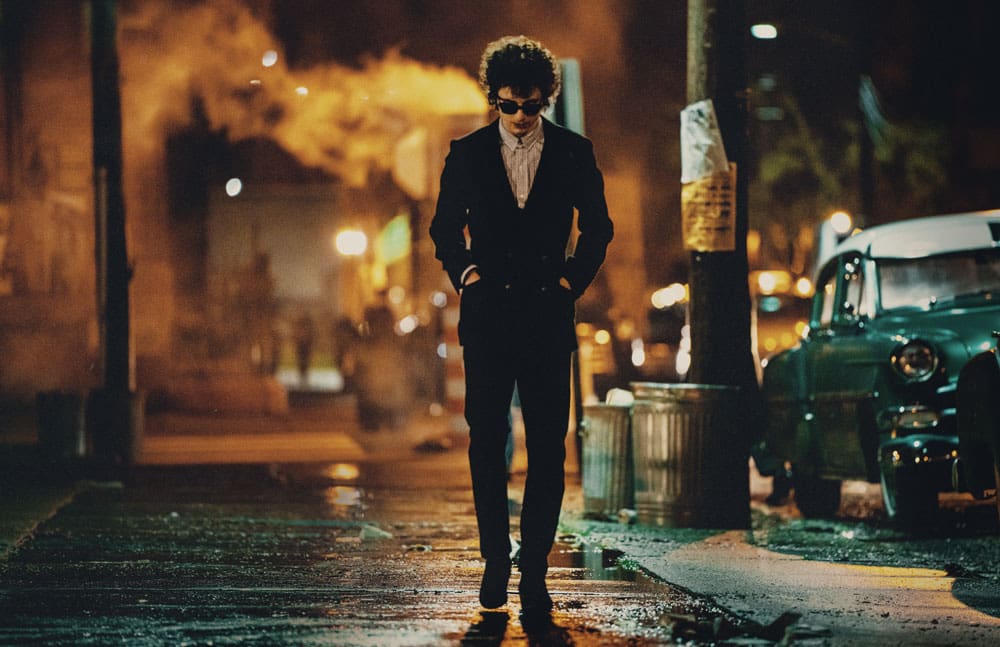
Adds producer Heineman, “As Jim would put it, you have to create your own version of the character. You can’t just do mimicry or try to create exactly who the person is. So, while Timothée studied Bob tremendously and obviously learned the music and everything about the world that Bob lived in, he also created his own version of Bob.”
Chalamet dedicated himself to intense musical study and training for five years, which allowed him to not only hone in on the required skillset, but to explore Dylan’s songs and make them his own. Meanwhile, he and celebrated voice coach Eric Vetro watched hours of Dylan’s performances and interviews, paying close attention to small details like his posture and how that influenced his voice.
“If you really want to capture the essence of Bob, it’s very multi-layered,” Vetro says. “He has a lot of different qualities to his voice. It’s sort of like a wine. And Timothée has a really good ear. He can grab onto an idea really fast and he knows how to execute it as an actor.”
The actor’s aptitude also stretched to Dylan’s chosen instrument, according to guitar coach Larry Saltzman. Throughout the years of production delays, Chalamet mastered both the guitar and harmonica. His portrayal includes live performances of Dylan’s iconic songs, adding depth and authenticity to the film.
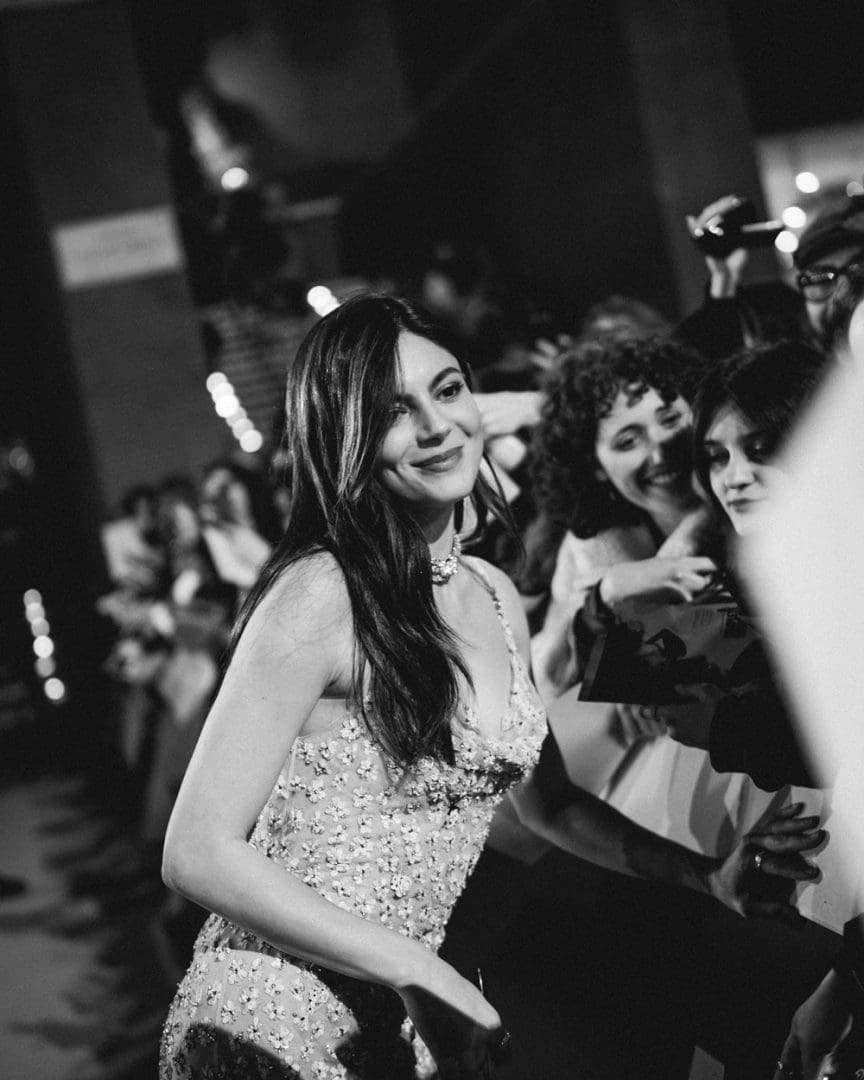
“When learning guitar, there’s a rhythmic thing that has to happen, and I believe that people are either born with this or they’re not,” Saltzman says. “And it’s so important when you watch Bob play because he’s an orchestra of one. I would show a song to Timmy and I would explain to him, ‘Don’t get nervous if this takes you a minute. This is difficult.’ But somehow, within 90 seconds, the guy was doing it. He had really inhabited the person and musician that Dylan is.”
Joan Baez, meanwhile, comes into Dylan’s life first as a symbol of the success he seeks, but ultimately as a fellow traveler on the road to bucking the times that needed changing.
“Joan had a leg up on him in the beginning because she had been successful since her teens,” Mangold says. “So, in meeting her, he was meeting someone already quite accomplished and quite comfortable with the rules of both the stage world and the recording world. When looking for someone to play Joan, I was looking for someone who could embody that kind of gravitas.”
He found his Joan in actress Monica Barbaro. Like Chalamet, Barbaro ran the gauntlet of voice coaches and guitar training, finding her own version of a legend as she inhabited the role.
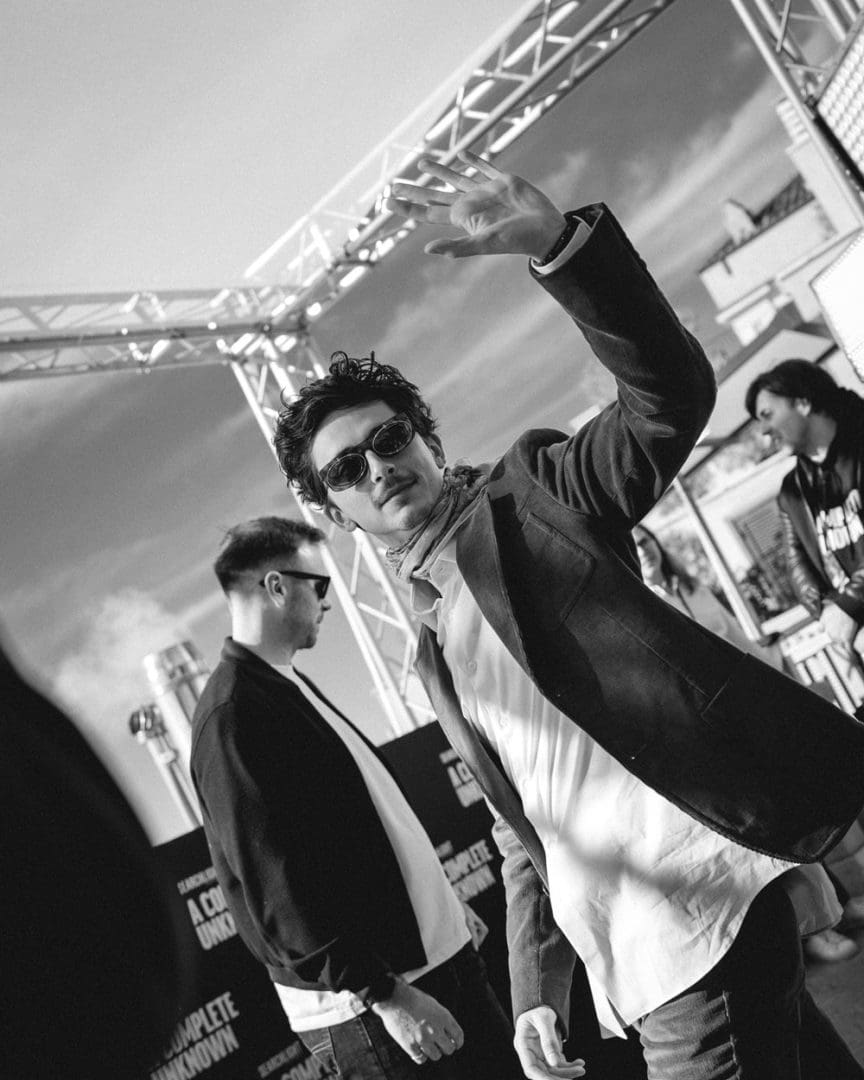
“When we first meet Joan, she’s the Queen of Folk,” Barbaro says. “But she wanted to have music that said more. Then there’s Bob, writing music that was blunt, and to hear him come forward and boldly say what’s on his mind, it sent a shockwave through the folk community. I think Joan was one of the first people to really grab onto those words and use her platform to leverage the beginnings of his career.”
Indeed, Baez’s recording of Dylan’s song “It Ain’t Me Babe” and her live duets with him on others like “Blowin’ in the Wind” played a major role in his rising star.
“What they’ve encountered in one another is someone who can do something the other can’t, which produces both competition and admiration – and sparks,” Mangold says. “When you’re looking for actors to play against each other, you’re looking for actors who have different core energy. Monica brings this kind of gravity, strength, and a sense of self. Timmy is always finding which way he’s going to attack the scene.”
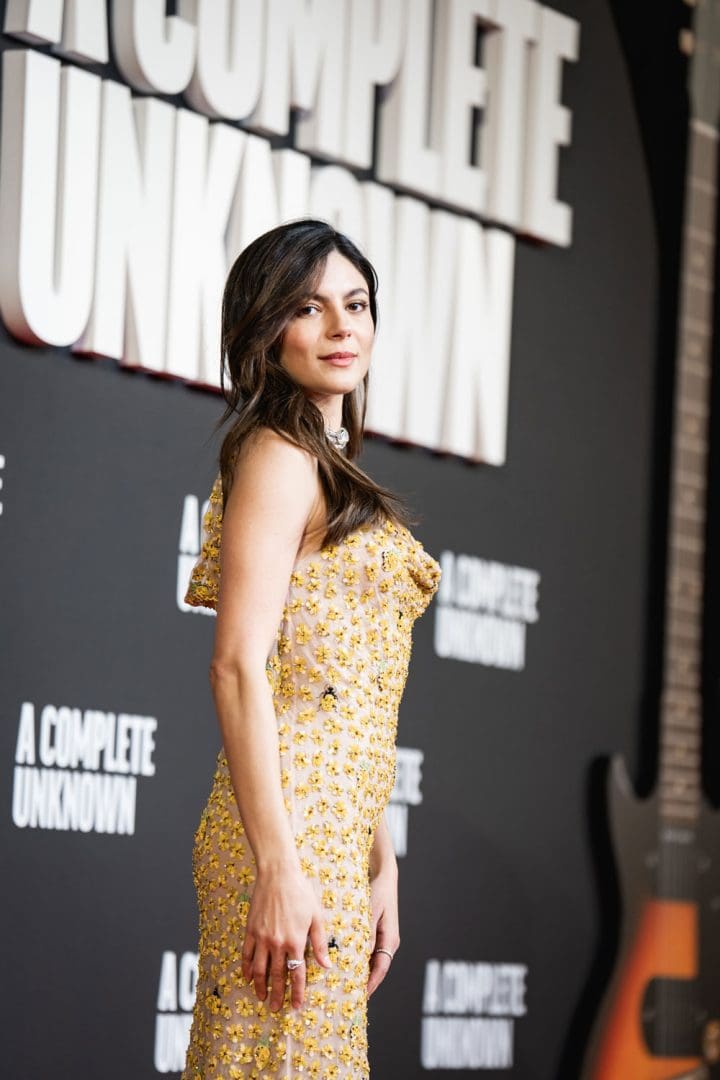
Barbaro took it upon herself to find the phone number of the still very formidable and vital Baez and connect with her directly during pre-production. She wanted to understand as much as she could about the real person.
“When we got off the phone, I think I let go, finally, of this piece where I felt like I had to impress her,” Barbaro says. “I sort of realized in talking to her that I could never be her, that there was no amount of studying or perfecting that I could do to become her. She’s a unicorn.” Barbaro felt a sense of relief from the pressure after their conversation, which ultimately allowed her to fully embody the role.
It all payed off, the movie has gotten critical acclaim and once again Chalamet has impressed. My efforts to lobby him as our next cover guy continue.


